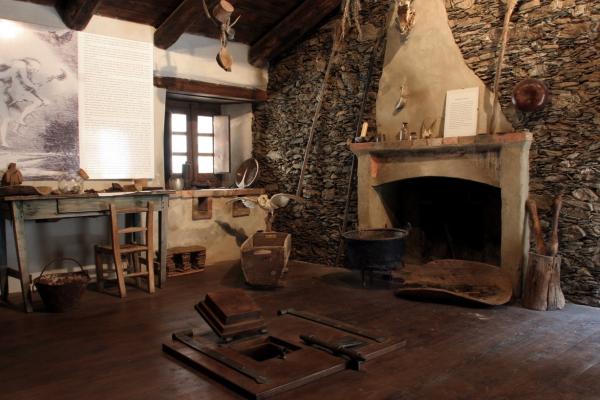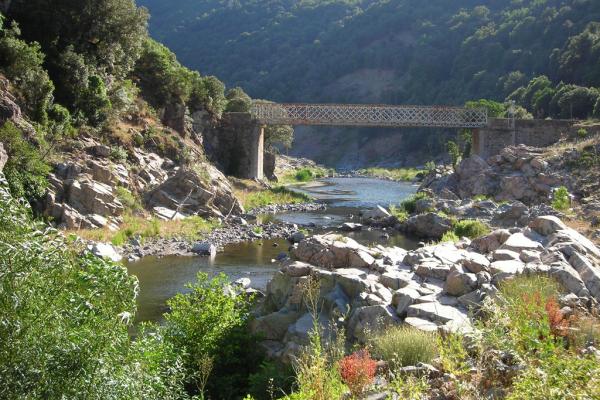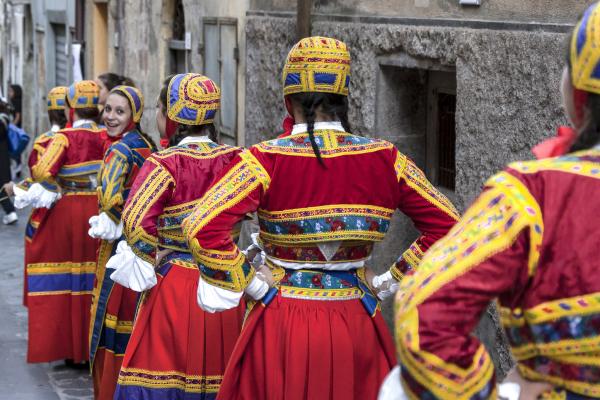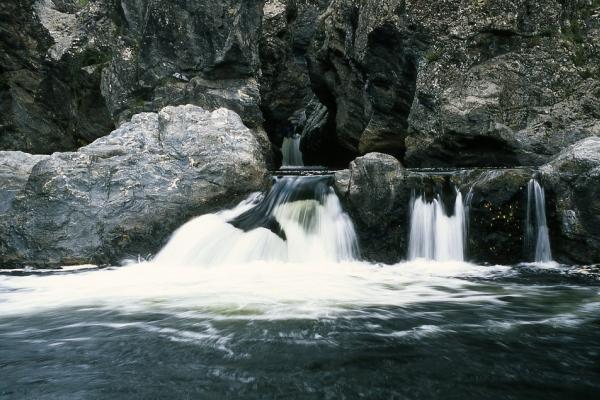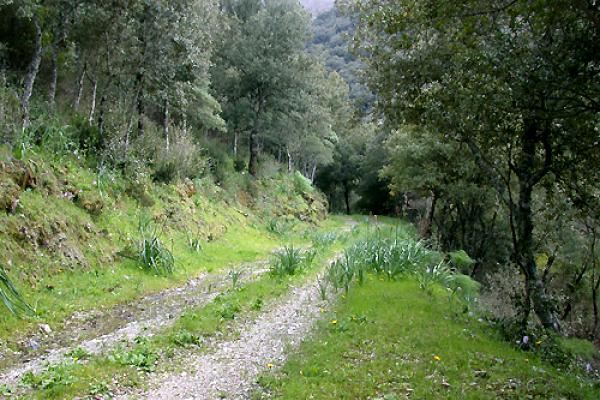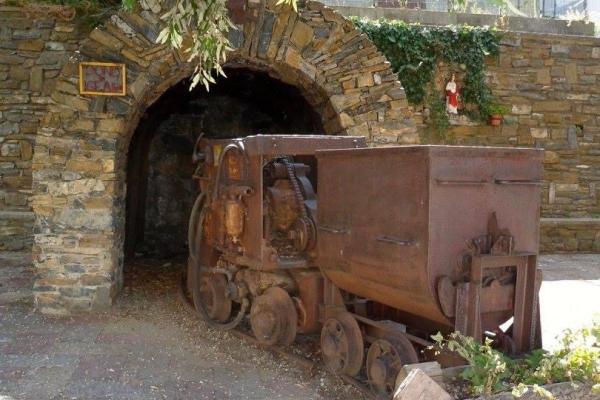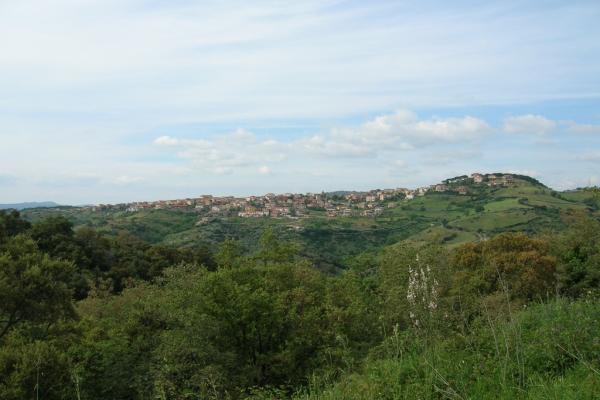More than an exhibition space, it’s a ‘treasure chest’ containing the memory and cultural identity of Aritzo and the villages on the western side of the Gennargentu. The Ecomuseum of the Sardinian Mountains is organised as a scattered museum, inside a village in the Barbagia di Belvì region, with its ‘epicentre’ in the ethnographic museum. You will find it surrounded by the greenery of the Pastissu park, proving the unbreakable bond between community and natural heritage, hence the name ‘ecomuseum’. Through the exhibition’s eight rooms, you will discover domestic environments, ancient trades, feminine ‘know-how’ and the use of resources offered by nature, without neglecting the relationship with spirituality and magical-religious beliefs.

Museums
At the foot of the Gennargentu massif, in the ‘heart’ of Sardinia, a series of exhibition areas tells the story of the territory and the material culture of the communities living in Barbagia
At the foot of the Gennargentu massif, in the ‘heart’ of Sardinia, a series of exhibition areas tells the story of the territory and the material culture of the communities living in Barbagia
See this place because...
You will discover the enchanting aspects of the relationship between man and nature in the territories around Aritzo, and then delve into the art and history of a picturesque Barbagia village
Ti piace questo luogo? Barbagia e Gennargentu potrebbero essere la tua meta ideale.
You may also like
More attractions in the vicinity
Nearby hotels and accommodations

ARITZO
0 km

ARITZO
0 km

Holiday homes and apartments
ARITZO
0 km


